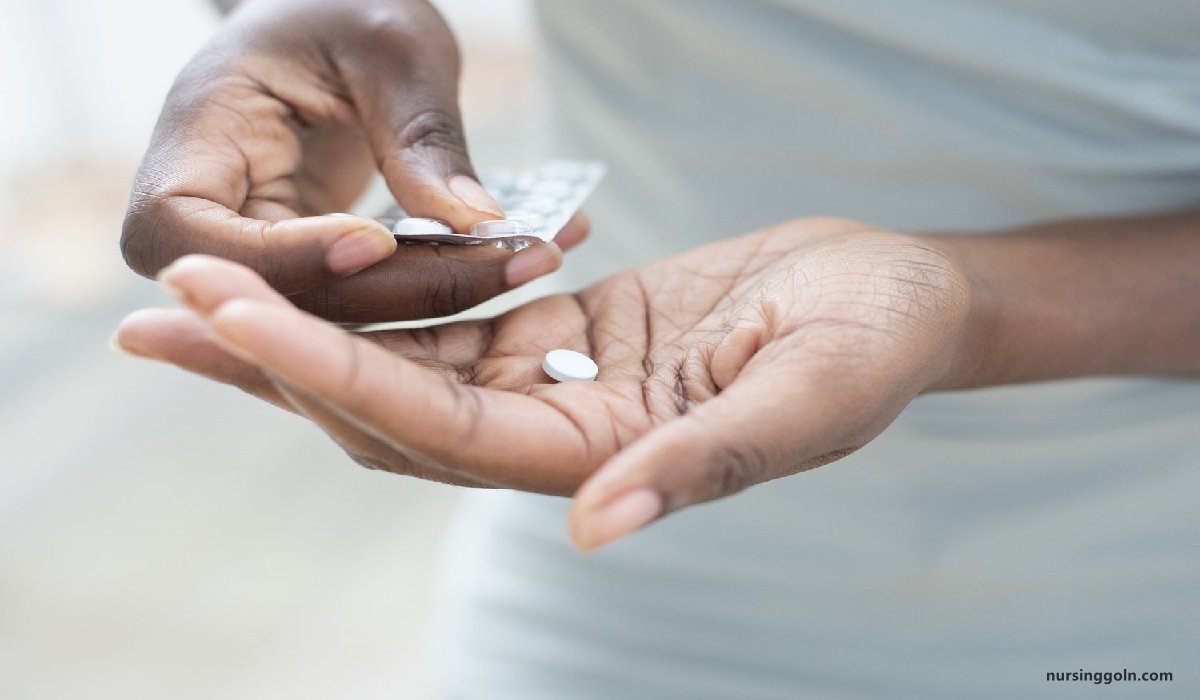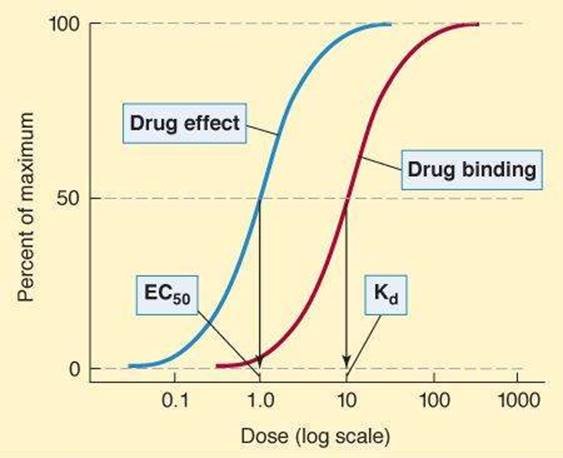Drug efficacy – This book covers the entire syllabus of “Pharmacology” prescribed by BNMC- for diploma in nursing science & midwifery students. We tried to accommodate the latest information and topics. This book is an examination set up according to the teachers’ lectures and examination questions.
At the end of the book, previous questions are given. We hope in touch with the book students’ knowledge will be upgraded and flourish. The unique way of presentation may make your reading of the book a pleasurable experience.

Drug efficacy
Drug-efficacy refers to the maximal response that can be elicited by the drug, e.g. morphine produces a degree of analgesia not obtainable with any dose of aspirin-morphine is more efficacious than aspirin. Efficacy is a more decisive factor in the choice of a drug.
Efficacy is determined by:
- The drugs mode of interactions with receptors, or
- Characteristics of the receptor effector system involved.
Therapeutic efficacy
The ‘therapeutic efficacy’ or ‘clinical effectiveness’ is a composite attribute of a drug different from the foregoing pharmacological description of ‘potency’ and ‘efficacy’. It depends not only on the relative potency and efficacy of the drug, but on many pharmacokinetic and pathophysiological variables as well.
Therapeutic Index
Therapeutic Window
It is the range of concentration of the drug which produces desired response with minimal toxicity
Therapeutic Index
Therapeutic-index is the ratio between the median lethal dose and the median effective dose.
LD50
So, therapeutic index = —————
ED50
Significance of Therapeutic Index:
- It provides crude measure of the safety of any drug as used in practice
- More TI: more safety, highly selective drug.
- Less TI: less safety, Non-selective drug.
- For safer therapeutic application of a drug TI must be more than one
- A drug may have different therapeutic-index depending on its therapeutic application.
Limitation of therapeutic index:
- It is based on animal toxicity data, which may not reflect forms of toxicity that are important clinically.
- It takes no account of idiosyncratic toxic reactions.

LD50 indicates safety margin.
Higher the value of therapeutic index, safer is the drug, e.g. penicillin has a high therapeutic index; digitalis, lithium and phenytoin have narrow therapeutic index)
Variations in drug responsiveness
Individuals may vary considerably in their responsiveness to a drug, indeed, a single individual may respond differently to the same drug at different times during course of treatment. Variations in responsiveness may be qualitative and quantitative.
1. Qualitative variations:
- Hypersensitivity,
- Idiosyncrasy
2. Quantitative variations:
- Hyporeactive drug response
- Hyper-reactive drug response
Four general mechanisms may contribute to variations in drug responsiveness:
1. Alteration in conc. of drug that reaches the receptor.
2. Variations in conc. of an endogenous receptor ligand.
3. Alteration in number or function of receptor.
4. Changes in components of response distal to receptor.

Combined Effect of Drugs:
Drug interactions refer to the interaction between two or more drugs administered simultaneously result in an alteration the pharmacological response of active drug.
Objectives of Drug interaction
1. To obtain a desired therapeutic effect.
2. To treat co-existing diseases.
3. To broaden the spectrum in case of antibiotic therapy.
4. To delay the emergence of malignant cells in cancer chemotherapy.
5. To resist microbial resistant development to antibiotics.
6. To minimizes the adverse drug reaction.

Types of Drug interactions:
Drug interactions are of two principal kinds:
- Pharmacodynamic interaction
- Pharmacokinetic interaction
Results of drug interactions
The resultant biologic effects of combined exposure of several agents can be characterized as:
1. Drug antagonism (infra-additive effects)
2. Summation or addition (additive effects)
3. Synergism (supra-additive effects)
4. Potentiation.
Read more:
